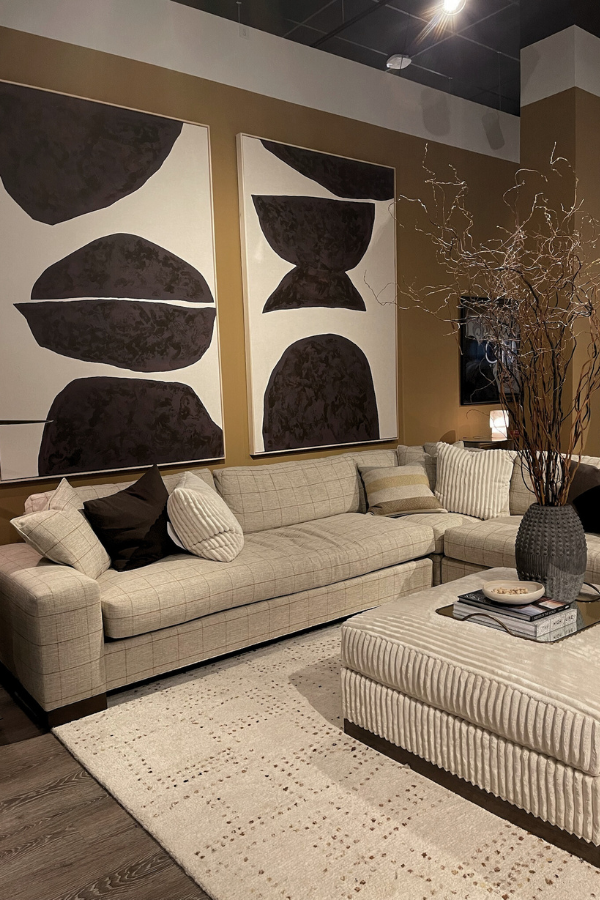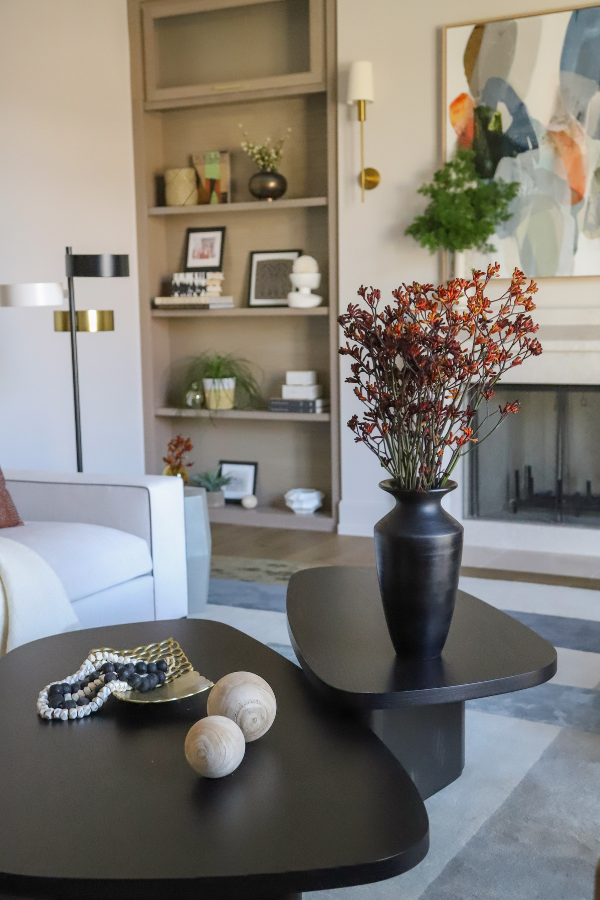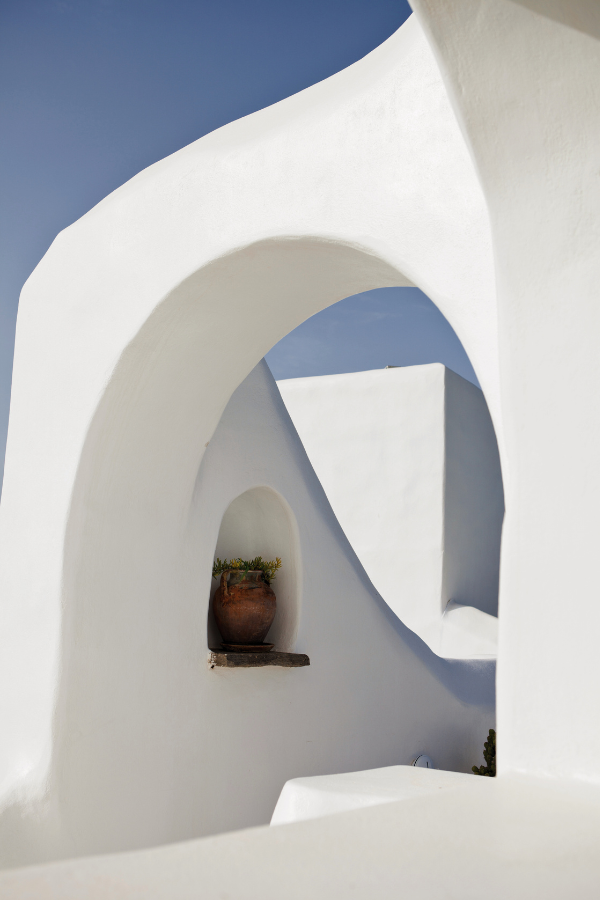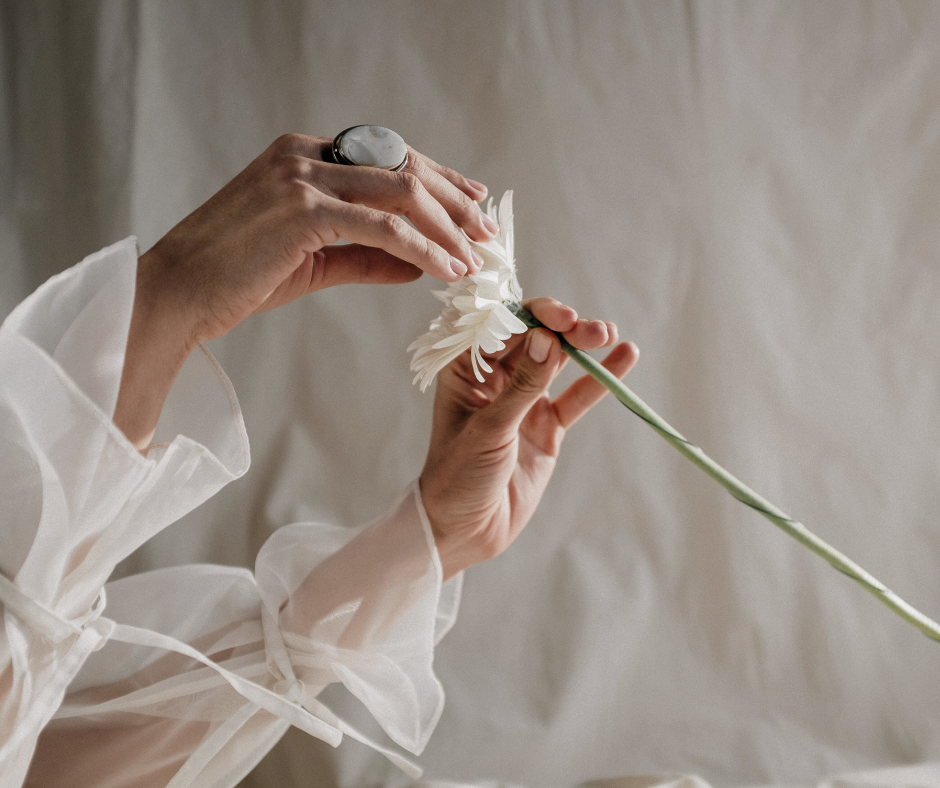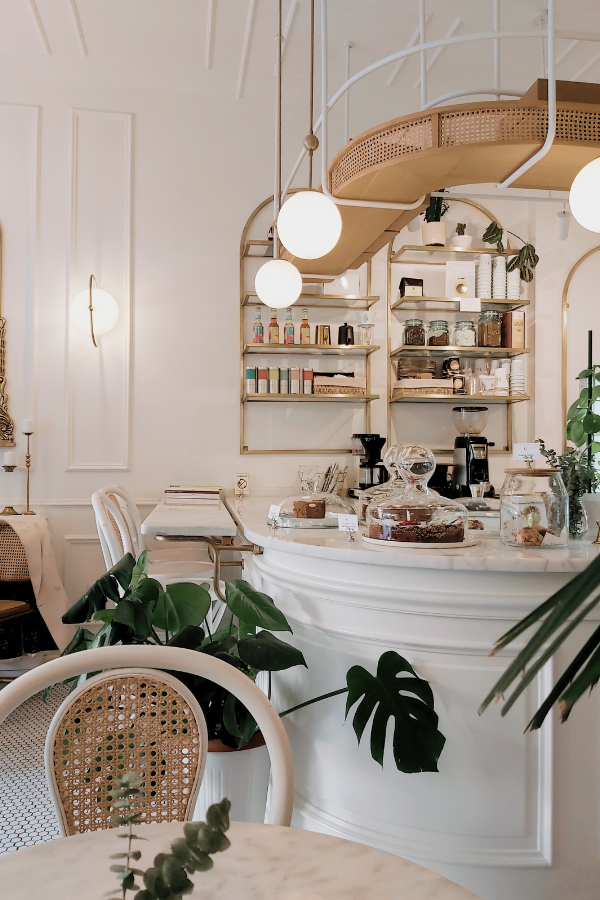
How Can I Break Free from My Interior Design Firm’s ‘Signature Style’?
Summary
Having a recognizable “signature style” can help build your reputation, but it can also start to feel like a box. If you’re feeling stuck, the way forward isn’t to abandon your style altogether, but to experiment in small ways, seek inspiration outside interiors, collaborate with peers, and slowly seed new directions into your portfolio. The key is balancing evolution with core identity so your firm stays fresh, relevant, and true to its values, all without confusing or losing clients.
Reflection Questions
Am I personally bored with my firm’s style, or are clients the ones pigeonholing me?
Where could I safely test a new design approach (a small project, my own space, a moodboard exercise)?
How can I communicate experimentation to clients and my team without creating confusion about my brand?
Journal Prompt
Think about a project where you felt boxed in by your “signature style.” What would you have done differently if you’d given yourself permission to stretch? What small experiment could you try next time to break free without risking client trust?
A “signature style.” Most designers have one. It creeps into your projects whether you mean it to or not. Maybe it’s the way you use neutrals, the silhouettes you opt for, the scale of furnishings compared to decor, or how you balance old with new. After a while, clients start saying, “That looks like your work.” At first, it feels incredibly flattering. Your name is attached to a “look.” You have a “signature.” Editors notice. Referrals roll in.
Then one day, it starts to feel more like a box than a big achievement. You scroll through your portfolio and realize everything looks related… sometimes too related. Clients start asking for the same thing, again and again. Instead of feeling recognized, you feel stuck.
The question you must ask yourself isn’t whether having a signature style is good or bad. It’s neither or. The question is what do you do when it starts limiting you?
Seven Ways to Slowly Break Free from Your Firm’s “Signature Style”
Ask If You’re Bored—or If Clients Are Pigeonholing You

These are two very different problems, even if they seem the same from the outside. Sometimes you’re simply bored. Another pale kitchen. Another paneled library. You can do it in your sleep and maybe that’s the problem; you practically are asleep.
Other times it isn’t boredom at all. It’s clients who’ve decided you’re the ‘farmhouse person’ or the one who always does “elevated neutrals”. They stop asking what else you might do. That can feel limiting in a way that has nothing to do with your own taste, just your experience.
It helps to be blunt with yourself here. If it’s boredom, you need to stretch for your own sanity. If it’s pigeonholing, you might need to change how the market sees you (what you put on your website, what you push to press, which projects you showcase, etc.). Different causes, different remedies.
Designers in the DesignDash Community talk about this all the time. It’s the odd irony of success: the very thing that built your reputation is the thing that holds you back.
Experiment in Small Projects or Spaces

You don’t have to reinvent yourself through a whole house. Start in a powder bath, a mudroom, or a guest room where the stakes are lower and clients tend to be more forgiving. These smaller spaces let you stretch without fear of derailing the overall project.
Try a finish you’ve never used before. Overscale something on purpose. Pair materials you’d usually keep apart. If it flops, the fallout is contained. If it works, you’ve just expanded your vocabulary.
Some designers go further and use their own spaces as test labs; think about designing an office, a showroom, a studio, even the odd corner of your living room. It’s private and pressure-free. No client invoices, no looming deadlines. Just pure trial and error.
The point isn’t perfection. It’s momentum!
Look Beyond Interiors for Inspiration

Moodboards look like cousins; they’re not identical but the family resemblance sure is clear. You pin the same chairs, the same rugs, and tell yourself it’s “fresh,” but deep down you know you’ve seen it all before. It’s time to seek inspiration elsewhere.
Fashion is a great start. The industry takes risks without apology. Hospitality is another source of inspiration for residential interiors. Think of a hotel bar with a palette that’s far deeper and moodier than you’d ever dare with a residential client. In that setting, it works. You don’t copy it straight across, but the memory sticks.
Fuel your creative fire & be a part of a supportive community that values how you love to live.
subscribe to our newsletter
*please check your Spam folder for the latest DesignDash Magazine issue immediately after subscription
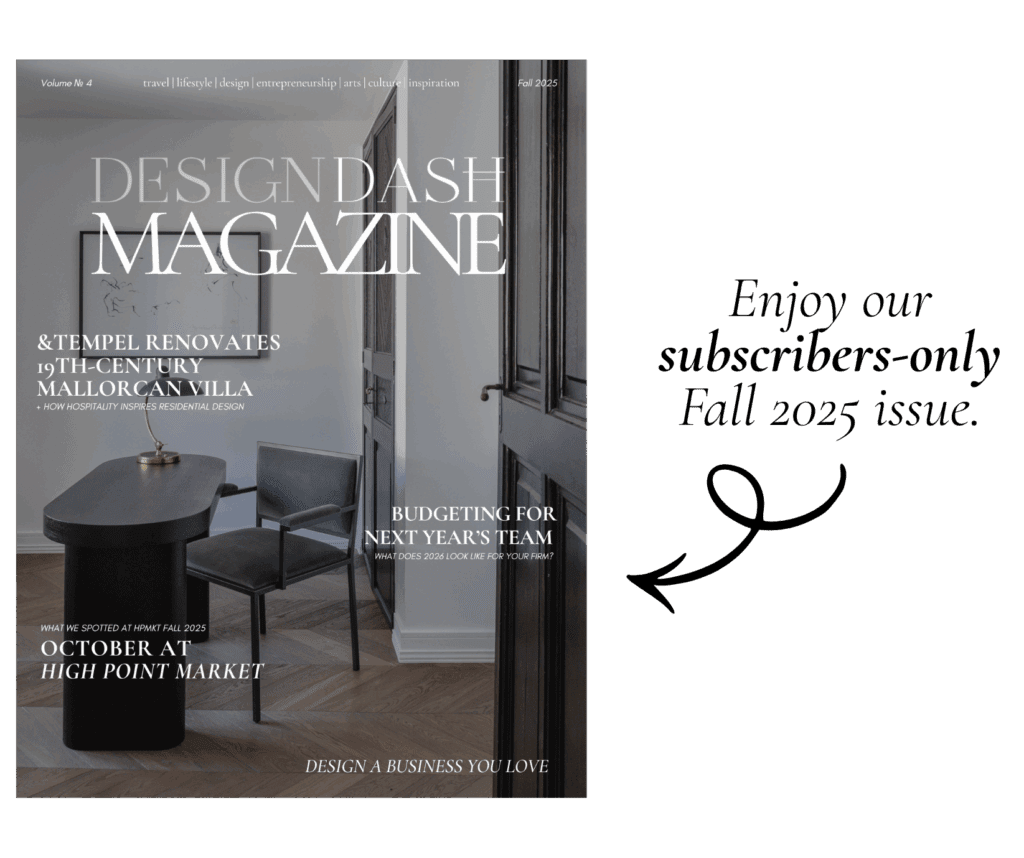
And then there are the oddball sources. A theater set. A film still. Even bad lighting in a restaurant you can’t stop thinking about. They exaggerate everything: color, scale, shadow. Too much, usually. But sometimes “too much” is the perfect starting point. Just pull back a little when you apply it to client interiors.
Collaborate With Designers Outside Your Aesthetic

Nothing shakes you awake and out of habit quite like sitting next to someone whose instincts cut against yours. It doesn’t have to be a business merger. Sometimes it’s a co-consult on a tricky project. Sometimes it’s as simple as swapping critiques with a peer over coffee.
Of course, this can feel awkward. You’ll catch yourself defending choices you thought were second nature (“I always do it this way”) and realizing that’s not much of an answer. Having to explain your defaults either confirms why you stand by them or cracks them open for revision. Both are useful.
Plenty of designers describe this as “cross-training.” You don’t need to make a career of it. The point is to flex muscles you wouldn’t use on your own. And every now and then, that clash of perspectives produces something better than either side could have built alone.
Use Moodboards to Push Yourself

Moodboards usually exist to win a client over. They’re polished, presentable, convincing. But there’s value in the opposite, too. It’s a tool, after all.
Fill one “for your eyes only” with things that feel foreign. If you lean on neutrals, load it with saturated color. If you’re usually polished and restrained, pile it high with messy layers. The value of creating this type of moodboard is in seeing things side by side that you’d normally keep apart. Maybe ninety percent of it gets tossed. Fine. But one or two details might stick in your head, and the next time you’re building a concept for a client, they slip in naturally.
Communicate New Directions Without Losing Clients

How do you demonstrate style growth without spooking the people who hired you for the “old you”?
You don’t rip off the band-aid right away. You seed the change slowly. Add a bolder project to your portfolio mix. Post a work-in-progress shot that looks a little different from your norm. Drop a casual line in conversation like “We’ve been playing with some new directions lately.” Most clients don’t overthink it. They’re not critics; they just want to feel confident you’ll deliver a finished space they can live in and love.
And if a longtime client insists on your original style? That’s fine. Give them what they came for. Not every project has to serve as your personal experiment. Growth doesn’t mean abandoning everything that works; you’re just expanding your range.
Balance Evolution With Core Identity and Firm Culture

Design firms don’t actually lose their footing with clients or their team just by exploring new aesthetics. They lose it when the team feels like their foundation and direction has disappeared. This is why you should take care to preserve your standards, your way of working with clients, and your transparency with team members no matter how the firm’s style evolves.
If the values are visible, staff won’t feel you’ve abandoned the house style; they’ll see that you’re extending it. Give your team permission to experiment, too. Not in client meetings, of course, but encouraging them to pitch a new idea in your next weekly might work!
Language matters here too. Don’t use words like “pivot” or “break away.” These phrases do NOT elicit confidence. Say “iterating,” or “layering in.” Last but not least, be honest. Some trials flop, but admitting that makes you more trustworthy. What clients notice (far more than the exact aesthetic) is whether your team seems convinced by it. Internal clarity first, external confidence second. That’s usually enough to keep fun experiments from looking like identity crises.
Closing Thoughts
A signature style is useful, especially when your firm is relatively new. It gets you noticed, it brings in clients, it cements your reputation. But it shouldn’t box you in.
The firms that remain relevant are the ones who evolve, sometimes subtly and sometimes in bold, unexpected ways. Some clients will always want the “classic you.” Others will always ask “What’s next for X?” Either way, you won’t feel boxed in and that alone can be enough to keep the work exciting and empowering.
But when you’re second-guessing yourself, don’t brood in isolation. Join us! Inside the DesignDash Community, firm owners trade stories about how they rebranded, the risks that paid off, and the ones that didn’t. Hearing how others navigated that shift can make your own next move a little less daunting.
Written by the DesignDash Editorial Team
Our contributors include experienced designers, firm owners, design writers, and other industry professionals. If you’re interested in submitting your work or collaborating, please reach out to our Editor-in-Chief at editor@designdash.com.






